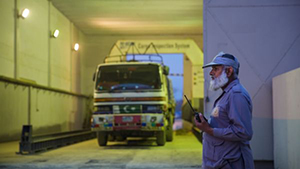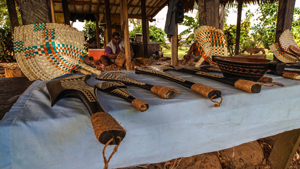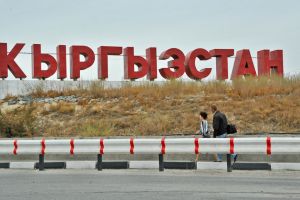
- Finance sector development, Information and Communications Technology

- Industry and trade, Information and Communications Technology

- Information and Communications Technology

- Finance sector development, Industry and trade

- Industry and trade, Regional cooperation and integration


